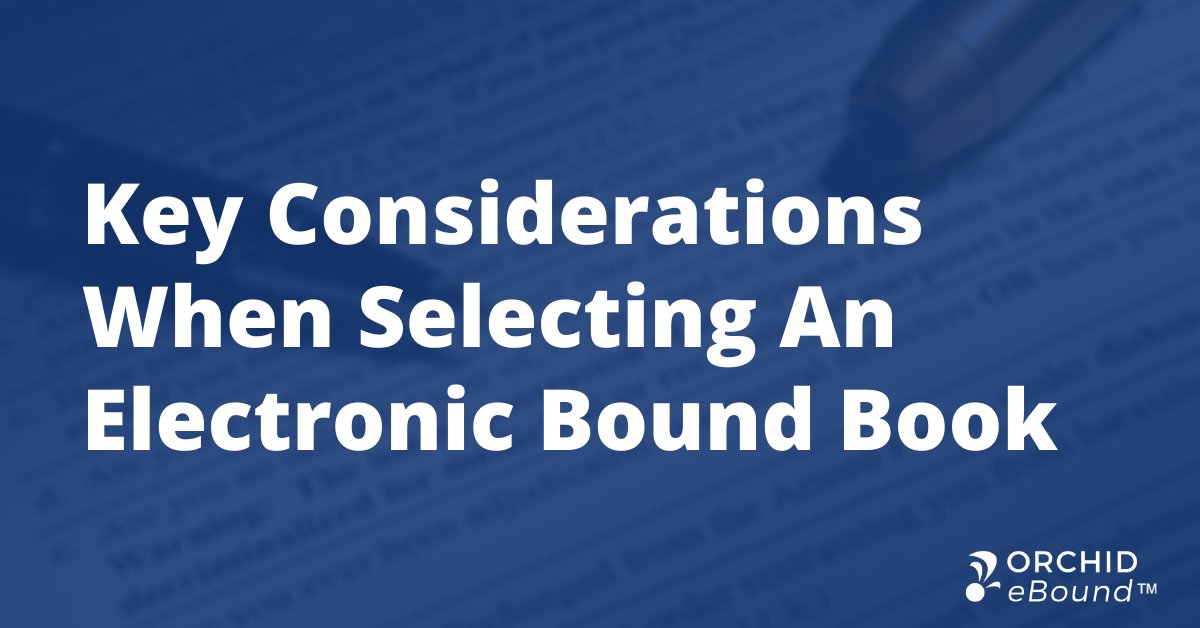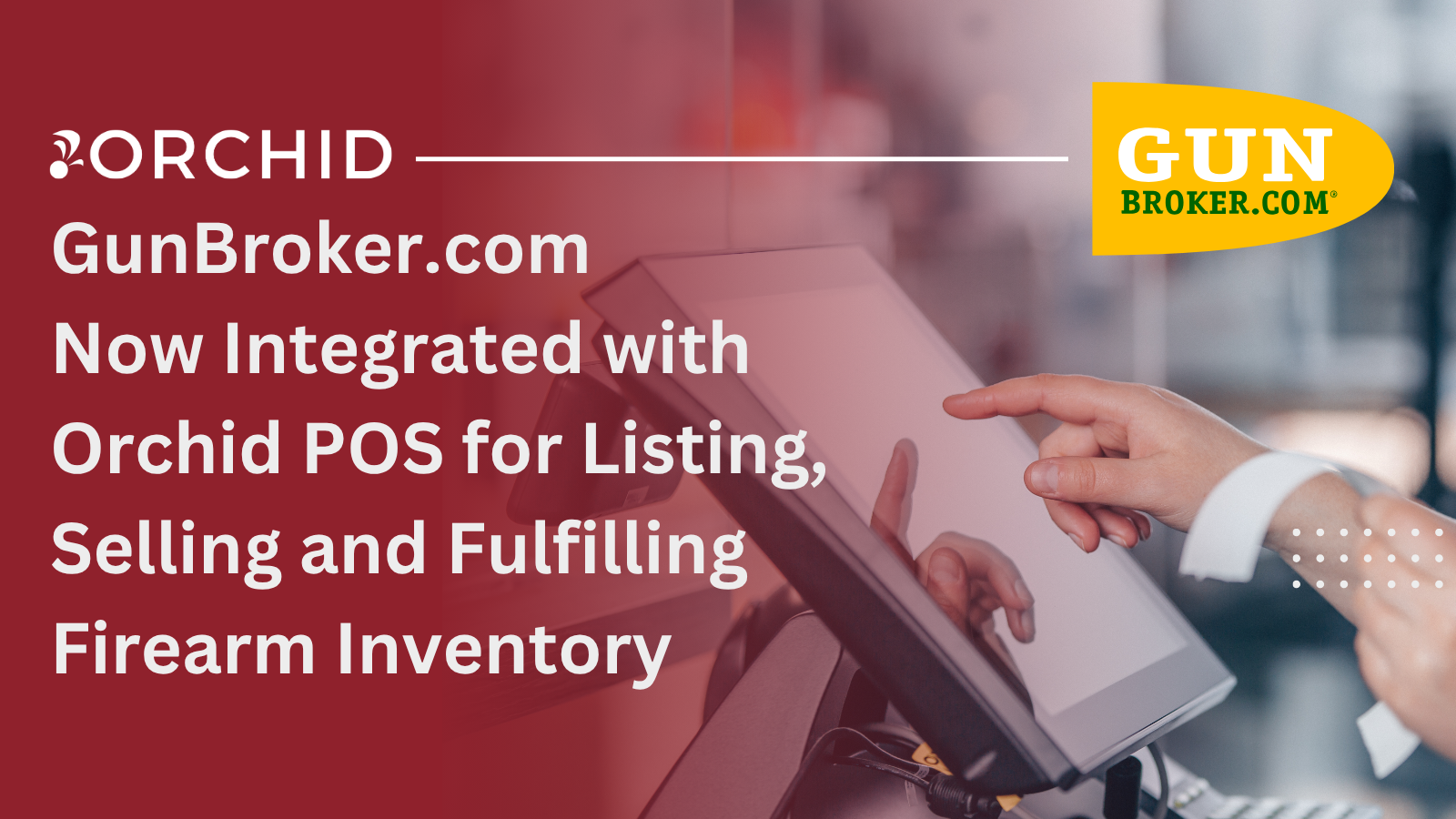Selecting an Electronic Bound Book
In 1968, Congress passed the Gun Control Act that included, amongst other requirements, that “each licensed importer, manufacturer, dealer, and collector maintain records detailing activities specified in the Act. These activities included importation, production, shipment, receipt, sale or other dispositions. Regulations for the proper record were adopted a short time later. Collectively these regulations produced the requirements for the Book of Acquisition and Dispositions, commonly known as the A&D Book, or Bound Book. In 2013, and subsequently, in 2016, ATF published Rulings that permitted the electronic storage of such records and the manner in which they must be kept. Since then, the “Bound Book” and its various offerings in an electronic format have proliferated the industry. But know this, not all electronic Bound Books are created equal and without proper care in selection could create instances of non-compliance or FFL inefficiencies. The following are key considerations for FFL owners who are migrating from paper or changing between Bound Book software providers. “ATF Compliant” Software Is One Factor to Consider A quick internet search will generate a list of electronic A&D book providers that claim to be ATF compliant. However, before you click the first link, make sure you understand what compliance means. ATF Ruling 2016-1 defines the requirements for cloud-based record-keeping, not only electronic record keeping as a whole. ATF Ruling 2016-2 defines the requirements for processing ATF Form 4473 electronically. But more broadly speaking, an electronic Bound Book is not compliant “just because” it complies with Rulings 2016-1 and 2016-2. The inner workings of the software, how it presents data in the bound book “report” and other factors will also impact the licensee’s ability to comply. Perhaps more importantly, regulations and rulings change. The ATF’s production of the new 2020 Form 4473 is a great example. In order for you the licensee to remain compliant, your software provider should make enhancements to the application that reflect the latest of regulations or rulings. Consider the following questions in your selection:- I understand the software is 2016-1compliant, but what about the other features?
- Who reviews your software for ATF compliance when the regulations change?
- How responsive are you to changes in regulation and will there be a charge for changes?
- Will I have to speak to someone different for my POS, Bound Book, FFL Regulations, and Legal questions?
- Can you audit my bound book data for compliance with ATF standards?
- Do I know all the features of the software, and which should I implement?
- Are there changes to my FFL business process that could save more money?
- Get an ATF Service Plan
- Orchid eBound™ – Get Your Free Trial Now
- 3 ATF Rulings that Affect Your A&D Record Keeping
- How Do You Record an A&D Book Disposition?
Ready to Learn More About Orchid’s Expanded Offerings? Contact Us Today.







0 Comments